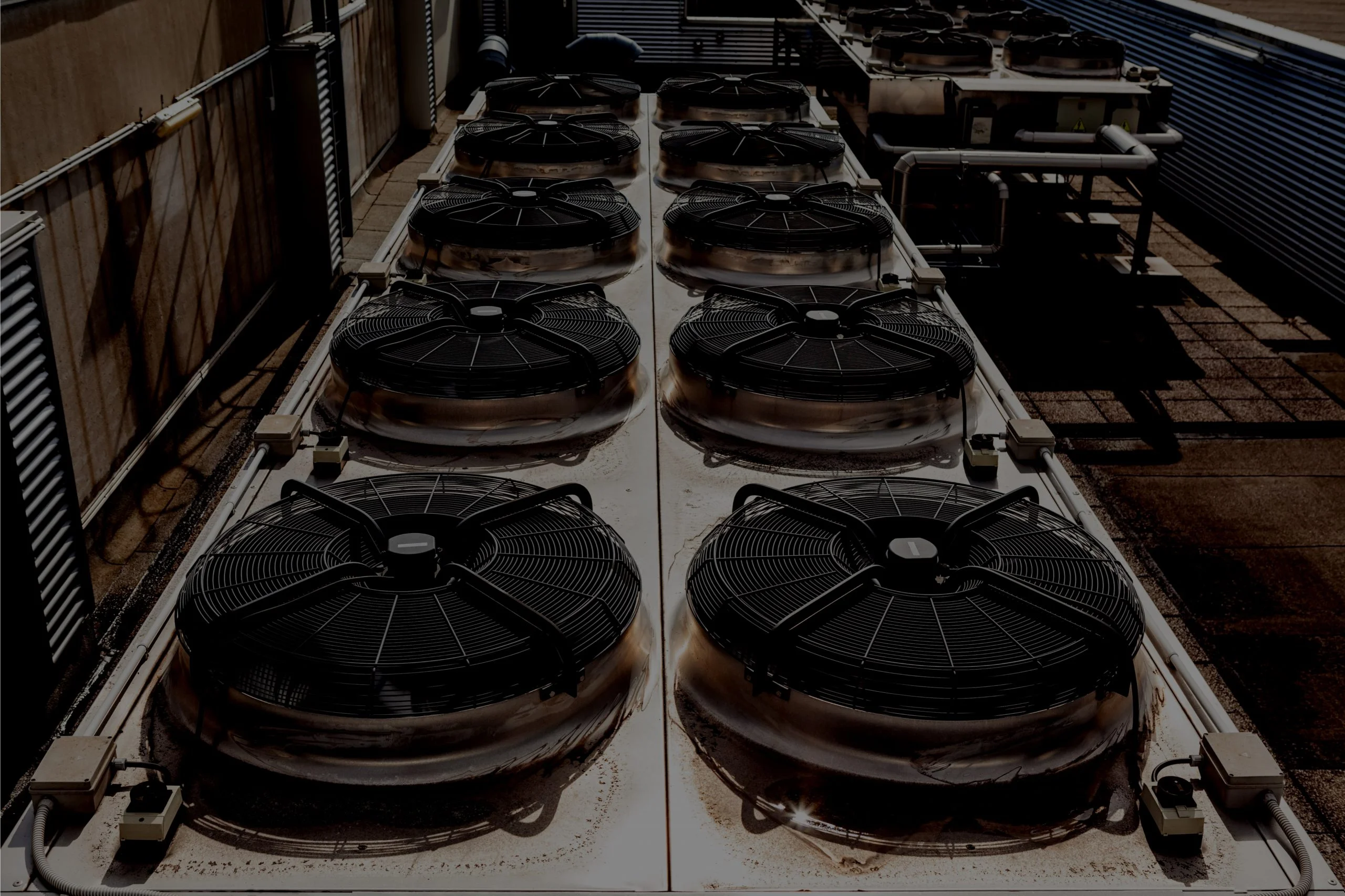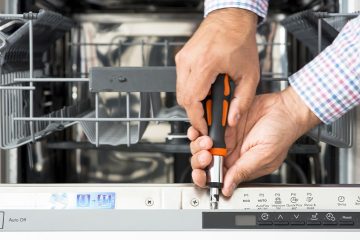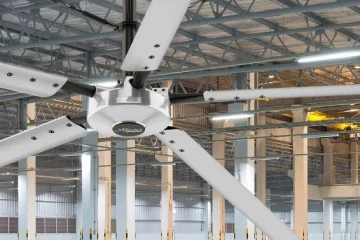As the needs of modern homeowners continue to evolve, so do the options available for heating and cooling. One of the most efficient, flexible, and increasingly popular options today is the ductless HVAC system, often referred to as ductless mini-splits. These systems offer numerous benefits, especially for homes that either don’t have ductwork or need customized temperature control in different areas.
What is a Ductless HVAC System?
A ductless HVAC system, also known as a ductless mini-split, is a heating and cooling system that does not rely on ductwork to distribute air throughout a home. Instead, it consists of two main components: an outdoor compressor or condenser and one or more indoor air-handling units. These units are connected via a conduit, which includes power cables, refrigerant tubing, and a drain line.
Ductless systems are typically installed in homes that lack ductwork, but they’re also perfect for new additions, renovations, or homes with rooms that need specific temperature control. The units are mounted directly on walls or ceilings, delivering cool or warm air directly into the space where they’re installed.
1. Energy Efficiency
Traditional HVAC systems can lose as much as 30% of their energy through ductwork. Ductless systems eliminate this energy loss by delivering air directly to the room, allowing for more precise temperature control.
Ductless mini-splits use inverter technology, meaning the compressor adjusts its speed to meet the temperature needs of the room, rather than turning on and off like traditional systems. This reduces energy consumption and provides consistent comfort.
2. Zoning Capabilities
Zoning is one of the primary features that set ductless systems apart from their traditional counterparts. With a ductless mini-split system, you can create different temperature zones in various rooms or sections of your home. Each air-handling unit can be controlled independently, allowing you to heat or cool only the spaces you’re using.
This zoning capability offers greater flexibility, as you can avoid wasting energy on rooms that aren’t occupied. For example, you might choose to cool the living room during the day and the bedroom at night, while keeping other areas at a different temperature or off entirely. This feature also allows for personalized comfort, making it an ideal solution for households where individuals have different temperature preferences.
By working with experienced HVAC contractors in Long Island, you can ensure that your ductless system is installed correctly and customized to meet the specific needs of your home, maximizing both comfort and energy efficiency.
3. Easy Installation
Installing traditional ductwork can be time-consuming, expensive, and invasive, especially in older homes or buildings without existing ducts. In contrast, ductless HVAC systems are much easier to install. Since no ductwork is required, the installation process involves simply mounting the indoor units and connecting them to the outdoor compressor through a small hole in the wall for the conduit.
Most installations can be completed within a day or two, depending on the number of indoor units. This makes ductless systems an excellent choice for renovations, home additions, or rooms that are difficult to heat or cool with a traditional system, such as garages or basements.
4. Improved Indoor Air Quality
Indoor air quality is a crucial factor for maintaining a healthy living environment. In traditional HVAC systems, ductwork can accumulate dust, allergens, and other pollutants over time, which can then be circulated throughout your home.
Ductless systems, on the other hand, come equipped with advanced filtration technology that helps reduce dust, bacteria, pollen, and other airborne particles. This makes them particularly beneficial for households with allergy sufferers or those concerned about maintaining clean indoor air. Additionally, because there’s no ductwork, there’s no risk of these contaminants accumulating and being recirculated.
5. Space-Saving Design
One of the most appealing aspects of ductless systems for modern homes is their compact and sleek design. The indoor units are small and can be mounted high on walls or even recessed into ceilings, allowing them to blend seamlessly into the décor of your home.
Unlike bulky traditional HVAC units, which require large areas for ducts and equipment, ductless mini-splits take up minimal space both inside and outside the home. This is especially important for homeowners with limited space or for those who want to maintain a minimalist aesthetic.
Conclusion
Ductless HVAC systems offer an array of benefits that make them ideal for modern homes. From energy efficiency and improved air quality to flexible zoning and easy installation, these systems provide a smart, cost-effective alternative to traditional heating and cooling solutions. Whether you’re building a new home, renovating, or simply looking to upgrade your current system, ductless mini-splits are worth considering.
See also: Why Lead Generation Services Matter For Your Business
FAQs
1. How long do ductless HVAC systems last?
Ductless systems typically last 12-15 years with proper maintenance, similar to traditional HVAC systems, but their longevity can be extended with regular care.
2. Can I install a ductless HVAC system myself?
While some DIY enthusiasts might attempt to install a ductless system, it’s recommended to have a professional HVAC contractor handle the installation to ensure proper setup and efficiency.
3. Are ductless systems good for heating as well as cooling?
Yes, ductless mini-splits can provide both heating and cooling, making them a versatile option for year-round comfort in your home.




